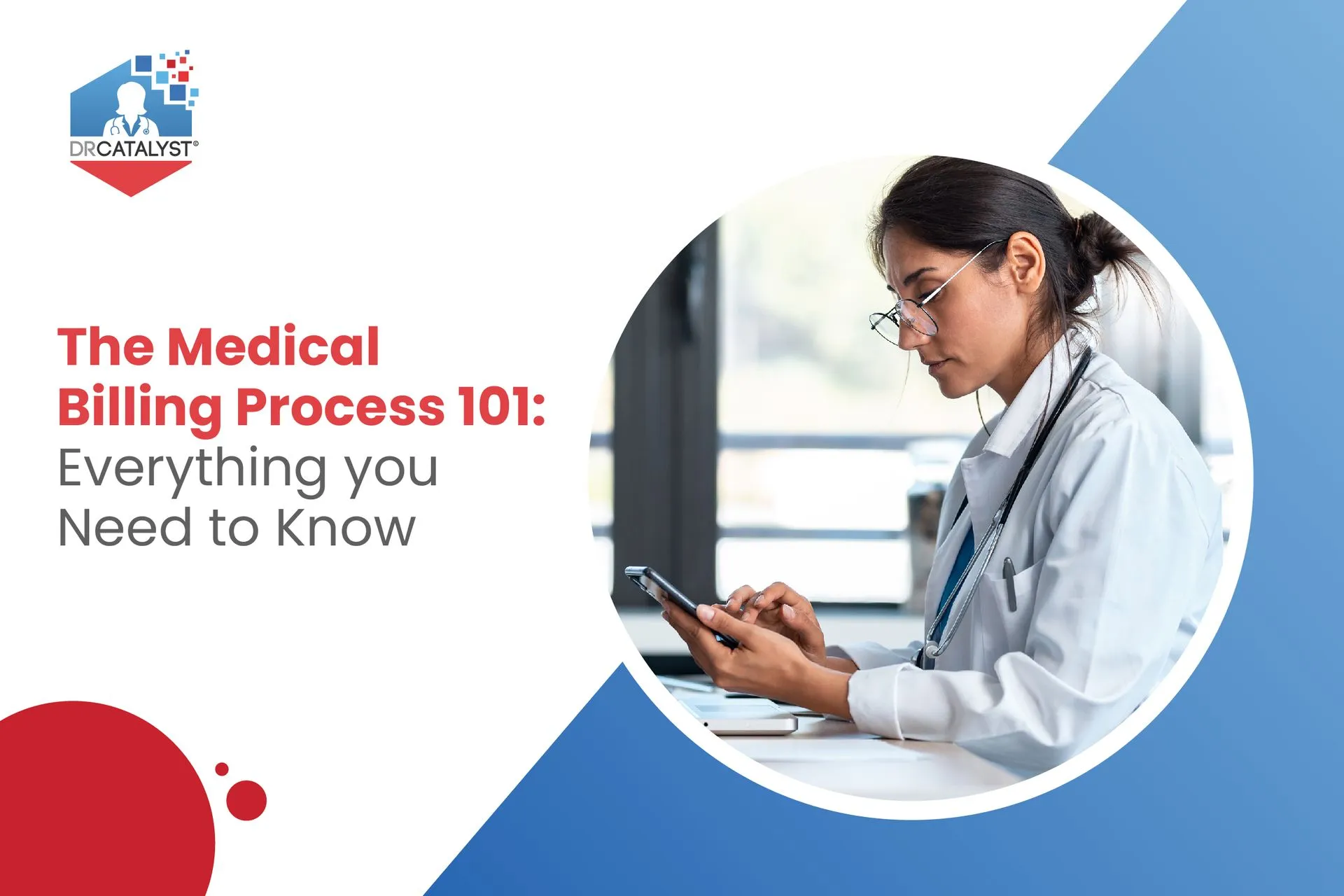Step-By-Step Guide: How to Do Medical Billing?
Dealing with medical bills can be a daunting task. Human errors can occur when converting patient notes into numbered claims, and these submissions must meet specific formatting requirements to qualify for approval by insurers.
Furthermore, even if your insurance company approves your claim, it doesn’t always mean they will pay immediately. To navigate these challenges, the key is establishing consistent workflows for handling claims and reimbursements. If you want to learn how medical billing works, this step-by-step guide is here to help.
1. Enter the Patient’s Information
When a new patient calls to make an appointment for the first time, your front-office staff will ask questions about the patient’s age, health insurance, and other important background information. The first step in billing for medical care is gathering all this information.
If you are wondering, “How should data in medical billing programs be entered?” After collecting the patient’s information, the medical billing guide says there is no need to re-register. When seeing a prior patient, check your most recent records but don’t ask many questions. This simplifies insurance and contact updates.
2. Check the Patient’s Insurance
Health coverage verification can be quite simple. After getting the patient’s insurance information, call the insurance company to ensure the information is correct.
Most insurance cards for patients will have a phone number you can call to confirm the information. Ask the insurance if the patient’s coverage is still good and what benefits they get. Please find out about the patient’s deductibles and co-payments so you know how much to charge them.
3. Making of Superbills
On repeat visits, the patient must confirm or update information already on record and complete forms for their records. The requirements then will be a valid insurance card and proof of identity and to request the co-payments. A medical coder takes the medical records from the visit and turns them into diagnosis and procedure codes. This happens after the patient checks out.
Then you will gather all the information into a “superbill.”
It will have information as follows.
- about the provider and clinician,
- the patient’s demographics and medical history,
- the procedures and services, and
- The diagnosis and procedure codes used.
4. Generation of Claims
Among the medical billing process steps is the generation of claims. The medical assistant will then utilize the superbill to prepare a medical claim and submit it to the patient’s insurance provider.
After you generate it, the biller must look it over carefully to ensure it meets payer and HIPPA standards, including coding and format standards for medical claims.
5. Filing of Claims
After ensuring the claim is correct and follows the rules, the next step is sending it in. Most of the time, you can send the claim electronically to a clearinghouse. This third-party company helps healthcare providers and health insurers communicate. High-volume payers, like Medicaid, are the only ones who don’t follow this rule. They will accept claims directly from healthcare providers.
6. Monitor Claim Adjudication
Medical claims go through adjudication, which is the process by which payers determine whether or not the claim is legitimate and compliant and, if so, the amount of reimbursement due to the provider.
This step could accept, deny, or reject the claim. The insurer will pay the provider as agreed after the approval of the claim. You can correct a denied claim before resubmission. The payer rejects unpaid claims.
7. The Making of Patient Statements
After the processing of the claim, charges are still unpaid and billed to the patient. Typically, the statement will include a comprehensive rundown of all performed processes and rendered services, such as:
- How much do they cost,
- The amount of insurance paid, and
- How much the patient still owes.
8. Follow Up With the Payment
After the approval of your claim, you can seek payment from the payer. Remember that it can take a long time between approving a claim and getting paid. If you keep track of your accounts receivable correctly, you’ll know which claims are long overdue. Stay in touch with these claims until you get paid.


